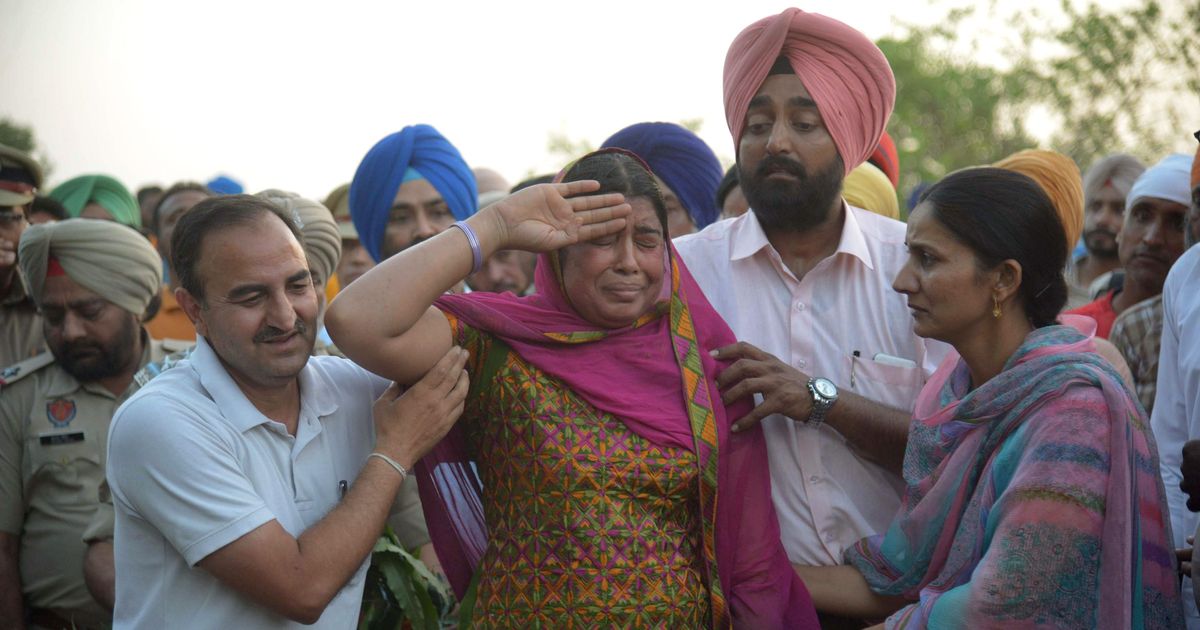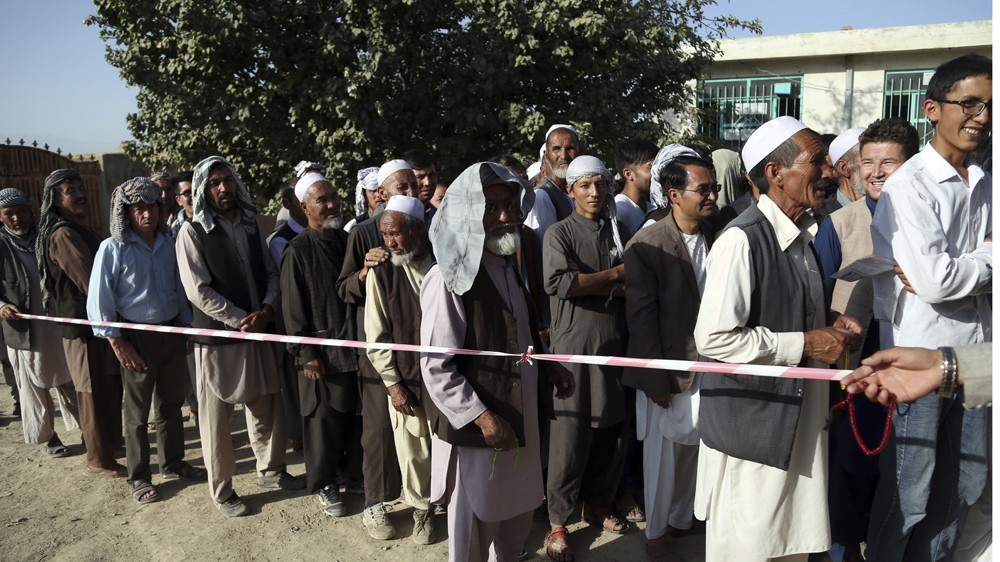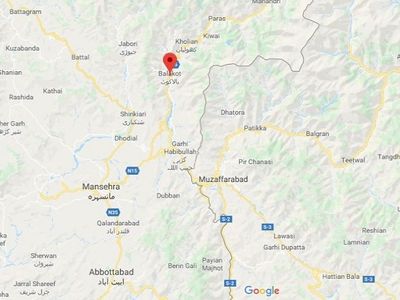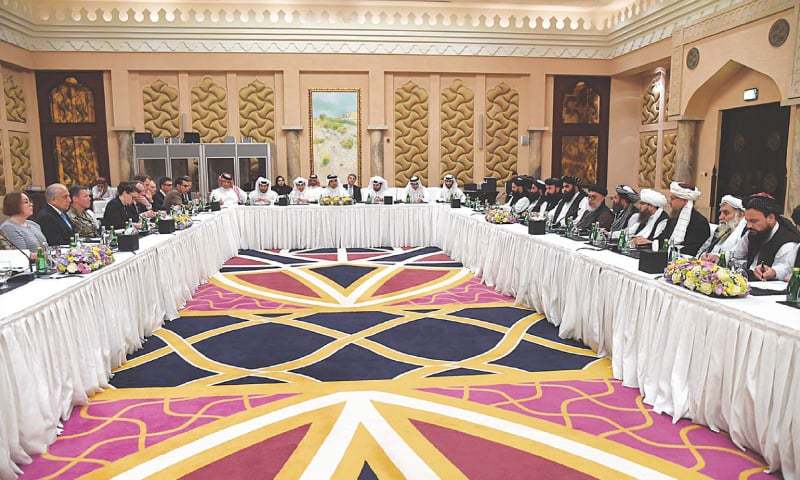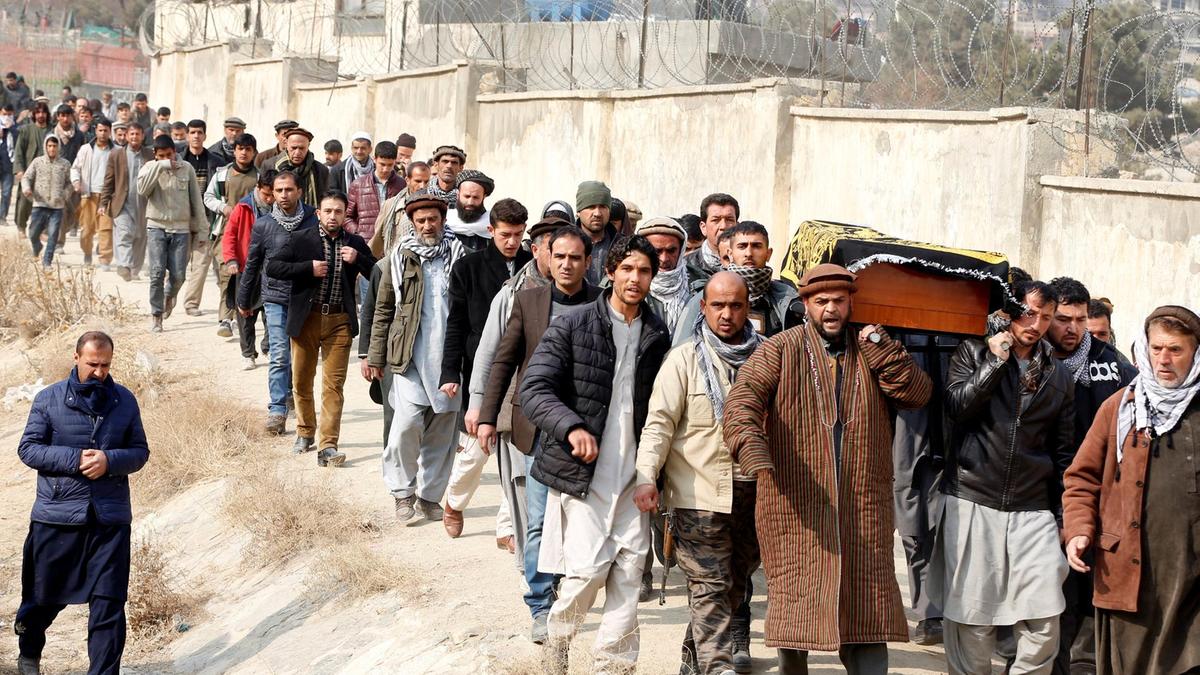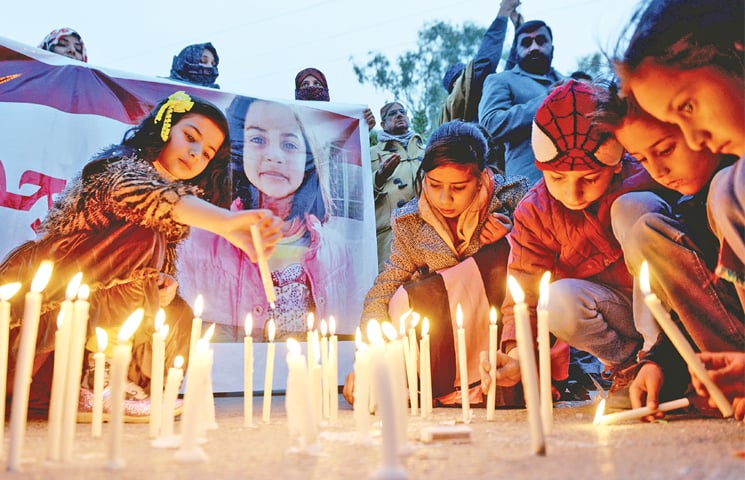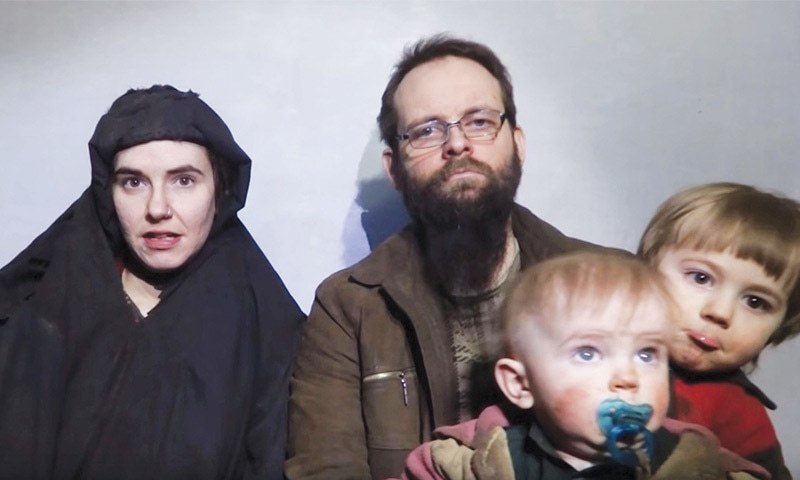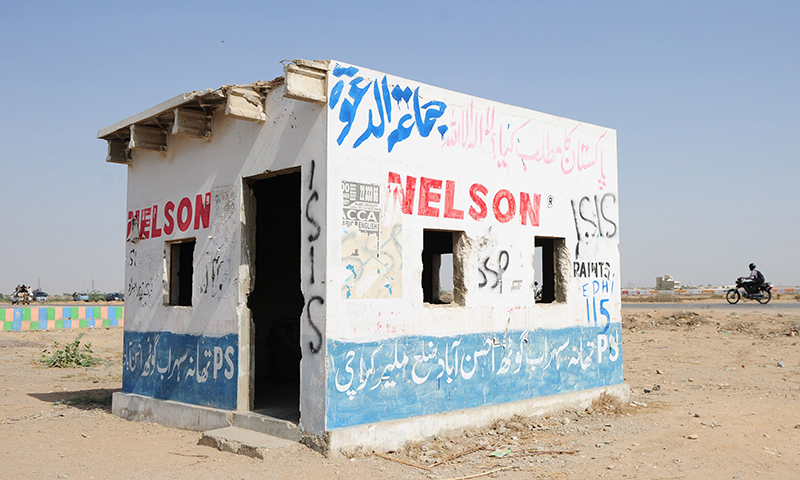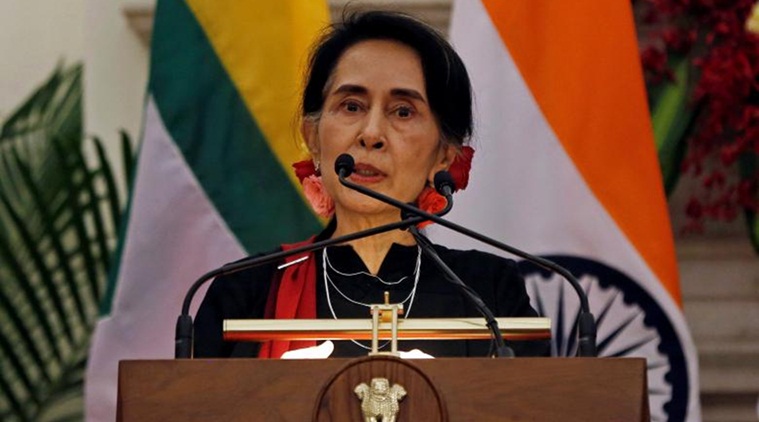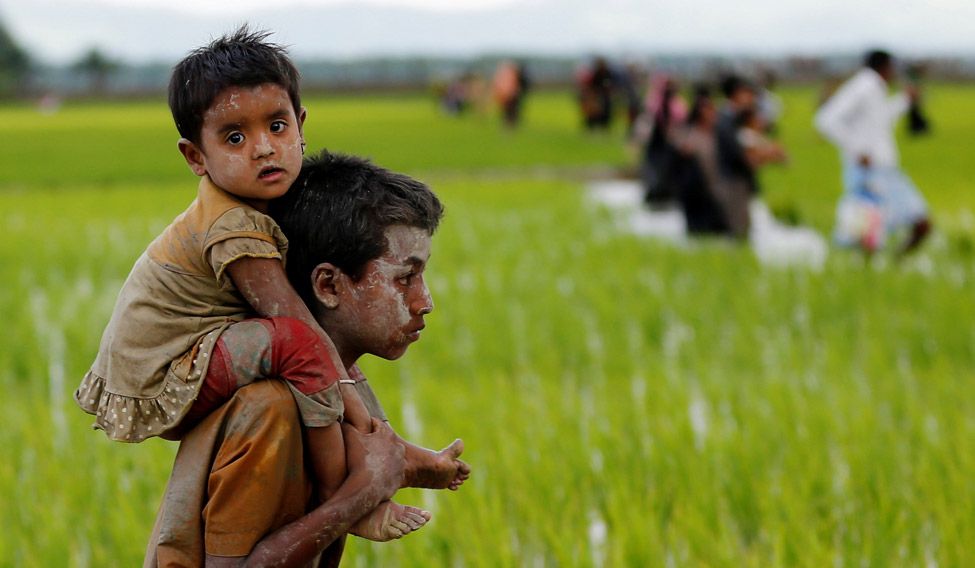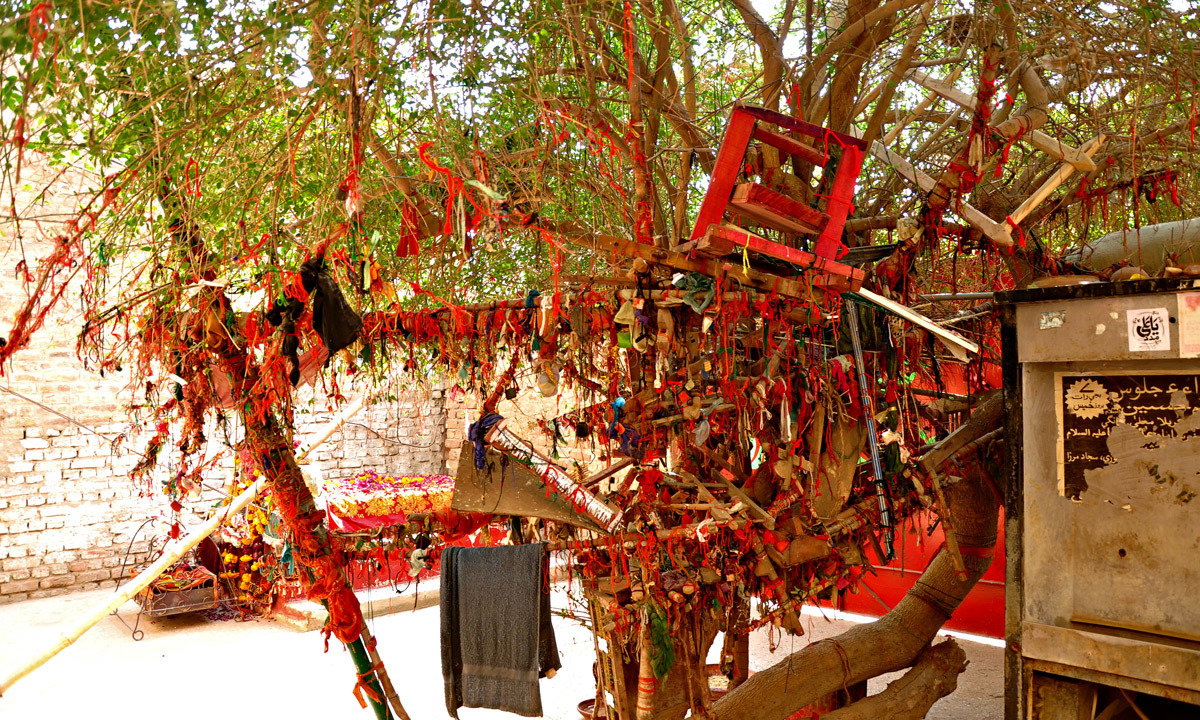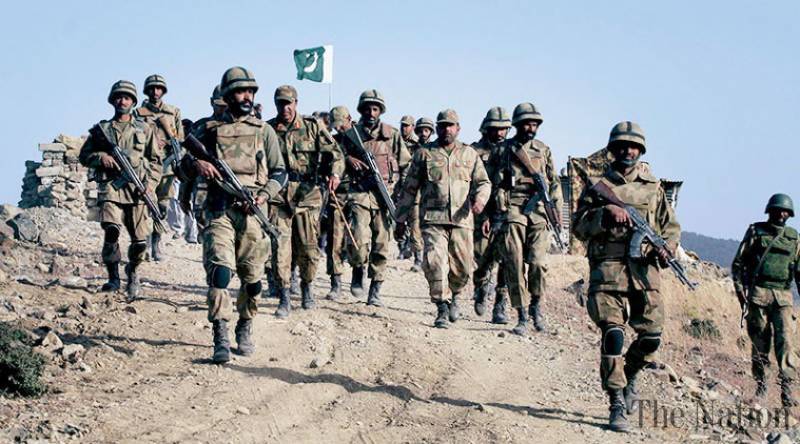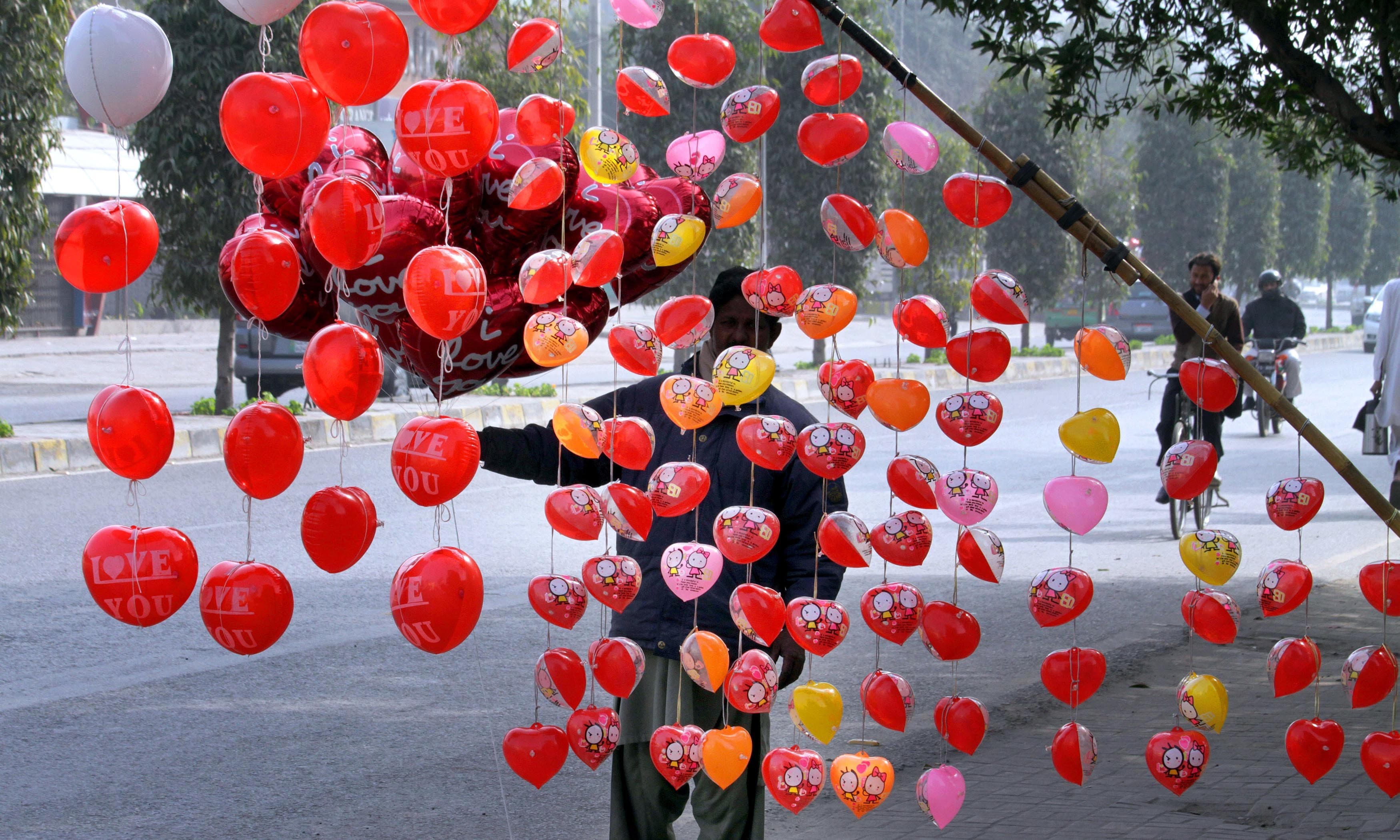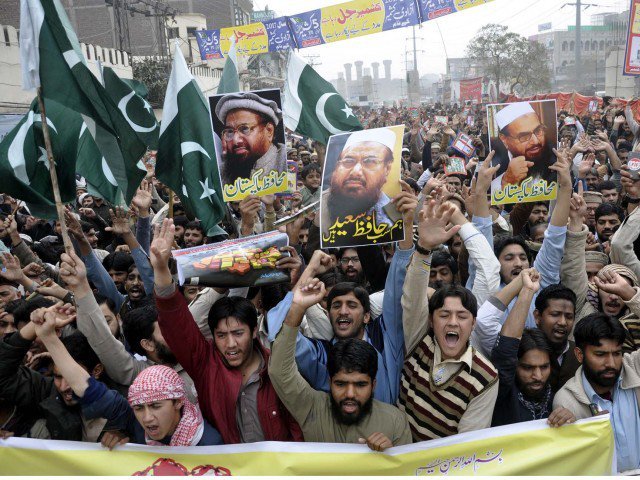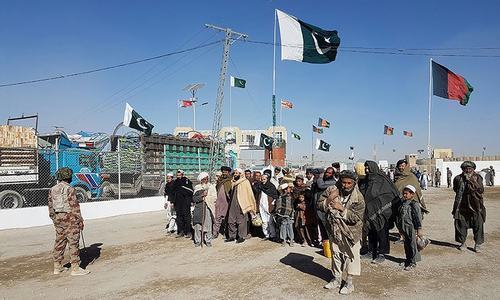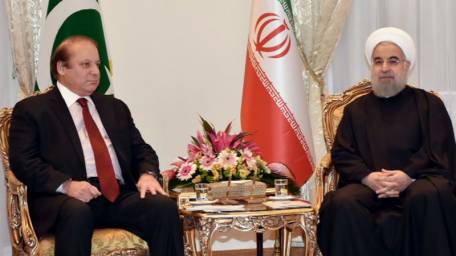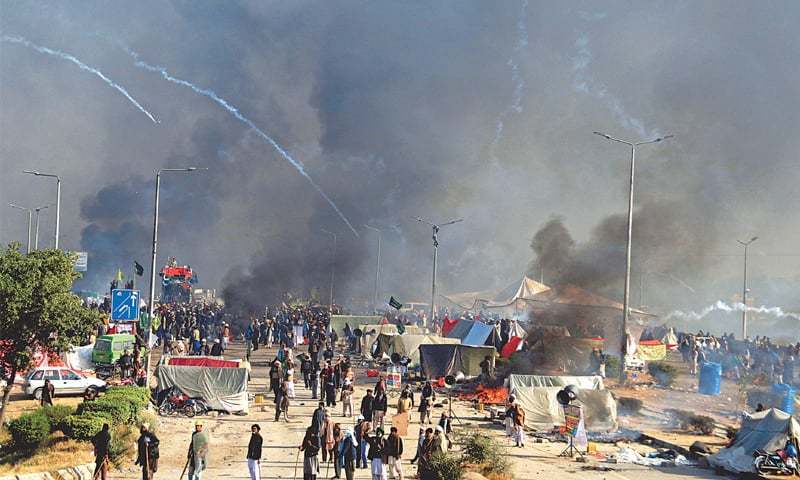
Why would the military intervene politically and try to mediate between the government and a protest group? The Establishment may have attempted to project the PML-N in the bad light, but in the process, has it done justice to itself as an institution?
Conflict Reader # 41, 30 November 2017
CR Brief
D. Suba Chandran
Professor
International Strategic and Security Studies Programme (ISSSP)
National Institute of Advanced Studies (NIAS), Bangalore
Could it get any worse than this for the PML-N in Pakistan? 27 November 2017 should be a landmark even for Pakistan’s standards. The government, aided by the military, has surrendered to a group of radicals who have been protesting in in the twin cities – Islamabad and Rawalpindi for the last twenty days.
A Brief Anatomy of the Crisis
The right-wing group - Tehreek Labaik Ya Rasool Allah (TLY), led by Khadim Hussain Rizvi came with a few thousand supporters to occupy the Faizabad interchange linking the twin cities. The protest started during the first week of November continued till 27 November 2017. Their primary demands were two – to restore a particular clause relating to the finality of the Prophethood in the Election Law and the removal of Law Minister. The National Assembly had already passed a resolution on the first demand – referring the disputed phrase in the clause as a clerical error.
The PML-N government did not want to take any action against the protestors. Fearing a backlash in the forthcoming elections in 2018, the PML-N allowed the TLY to occupy the crucial intersection almost for twenty days. Despite causing immense hardship to the common people and repeated calls from the civil society to restore order, the governments in Islamabad and Punjab sat tight and did nothing.
The government gave few deadlines to the protestors to peacefully disperse. When they refused to adhere, the government gave them new deadlines. It was evident, that the government did not have the spine to act. Perhaps, it did not want to escalate the situation, that would lead to any political instability resulting in a soft or actual coup by the Establishment.
The judiciary had to intervene and ask the government to take action. With judiciary pressurising, the government on 25 November assembled an elite police force to evict the protestors. When everyone thought, that the police action would be the climax of the crisis, lit turned out to be an anti-climax. After firing a few teargas shells and arresting some protestors, the police action, for reasons known only to the government, was withdrawn.
One thought, the State did not have the courage to fight the protestors on 25 November. What happened two days later on 27 November was even worse. It not only surrendered to the protestors, but also crawled towards the TRY with bent knees. Consider the following.
The State Capitulation and the Self Guillotine
The surrender to the Mullahs happened after a half hearted police effort to evict the protestors on 25 November. In retrospect, it appears that the PML-N government did not want to take any police action on its own. Under pressure from the judiciary, it deployed a special police force, perhaps with an order not to engage in violence.
Tear gas shells were fired and few protestors were arrested. But, the police force did not make an attempt to arrest the main culprit – leader of the TLY, who later had signed the agreement. Only the government would be able to explain the above strategy of deploying police, but not using force to evict them. There was popular support to act against the protestors, besides the judiciary asking specifically to end the protest.
Since the government banned electronic and social media on 25th, there are not many independent accounts on the police operation that failed. The government should have gone with full force to evict the protestors. It has a constitutional mandate to uphold law and restore peace. The constitutions across the world also sanction the use of force only to the governments, to maintain law and order. The argument that the “peace” has to be maintained, hence the government did not use force cannot be an argument. If that is the case, then no military action against those who protest undemocratically could be justified. In this context, even, the military, that has suddenly become a champion of peace in Pakistan and brokered the deal between the government will not be able to justify its action against the militants. Doesn’t it undermine peace, and increase collateral damage?
It was a bad reasoning and the second big mistake of the government in dealing with the TLY. It should have gone ahead with the police operation. The first big mistake was to wait for twenty days; it should have done the same during the first few days itself.
Establishment as the new Peacemaker: The Khakkis in White
The third big mistake was to “request” the military to deploy troops to restore law and order. It should have “ordered” the armed forces and made a clear position. Unfortunately, this government is not even strong enough to order a Mullah to vacate; expecting it to order an all-powerful army is perhaps asking too much.
After retreating on 25 November, the interior ministry had requested the military, to deploy troops to restore law and order.
The Chief of Army Staff, Gen Bajwa instead of carrying out the government order made a strange point. He wanted to reach an amicable settlement with the protestors. Earlier, he had asked the Prime Minister to find a peaceful solution for the problem. An earlier tweet from the ISPR even equated the government and the protesters on the same page and asked “both parties” to shun violence. It appears, that the military has already made its mind not to use force.
Why did the military not use force to vacate the Mullah? Didn’t it do the same in 1951, when it was called out? What could have been the objectives for the military to not use force, but mediate?
Certainly, the military is not incapable. It could have easily thrown them out in a matter of a couple of hours and cleared the Faizabad exchange with less or even no violence. Even the Mullah would not have dared to oppose the military.
Perhaps, the Generals wanted to project the political leaders, especially the PML-N in a bad light. Look at the terms of the agreement that was signed; it should have been humiliating for the PML-N to accept those terms.
Perhaps, the Deep State wants to break the PML-N by projecting it as a weak and untrustworthy. Imagine the plight of the law minister, who had to resign. Clearly, it was not his decision; it should have been forced upon him either by the peacemakers directly or through the PML-N leadership indirectly. By asking the law minister to resign, what message has the PML-N leadership sent down to its second-rung leaders and the followers?
Third, could this be a part of “political (led by the Deep State) engineering” that is being widely discussed in the recent weeks? Editorials and Columns in print media in Pakistan during the last week has been repeatedly referring to a political engineering from Karachi to Islamabad. In a nutshell, this talks about keeping the mainstream parties such as the PML-N and PPP away through new alliances, including that of religious political parties.
Added to the above “political engineering” could be another new strategy that has also been mentioned during the recent weeks – “mainstreaming” referring to pushing the radical parties into the electoral ring.
One would need more time to understand the real motivations behind the military being the peacemaker, and pressurising the PML-N to sign a shameful document with a Mullah. The above explanations could be at best – an attempt to find
The military seems to have mediated between the government and the TLY. On 27 November, an agreement was reached. The terms of the agreement have far-reaching implications for future governments and any other radical group that would want to adopt similar pressure tactics against the government to realize its unreasonable demands.
Terms of Surrender: Is it Real, or Fake News?
The military negotiated the following settlement between the government and the TLY. It is an unbelievable document now available in the media. One would want to think, the document is actually a part of fake news. Since the document is available on the Dawn website, one of the most sensible newspapers in Pakistan, it has to be real.
The agreement talks about six points, highlighting the abject surrender of the PML-N government. First, it accepts the TLY demand that Zahid Hamid, the federal law minister be removed. In return, the TLY has agreed not to issue any fatwa against the minister! How can any self-respecting government accede to such a provision? If the first part of the above condition is bad, the second part is worse. The TLY has magnanimously agreed not to issue a fatwa against an elected minister of the National Parliament!
Second, the government has also agreed to make public a report prepared by the Raja Zafarul Haq committee. This is not an open-ended agreement, for it stipulates that the report will be published in 30 days!
The Zafarul Haq committed has been constituted earlier by the government to find who was originally responsible for changing the clause in the election oath. One is not able to understand why the government felt it necessary to order a committee to look into the issue in the first place. But, that action seems to be a better one, when compared what the government has agreed to on 27 November – to release it in 30 days.
The third point is related to the release of all protestors who have been violating all norms of governance since they occupied the Faizabad exchange. Everything would be expunged.
The fourth point rubs the salt further on the government. It calls for establishing an inquiry board “to probe and decide what action to take against the government and administration officials over the operation conducted by security forces against protesters on Saturday, November 25.” Isn’t the responsibility of the government and civilian administration to restore law and order? Why should any action be taken against them, for discharging their duties?
If there is an action that needs to be taken against the government and the administration, it should be on why they didn’t take any action, and why they allowed the situation to deteriorate. Worse, didn’t the judiciary order the government to ensure that the protestors be dispersed? The judiciary should consider the above point as a contempt of court, and pursue against those who have prepared the document.
The above point also has a time frame! It wants the action to be taken against the officials in 30 days.
The fifth point talks about compensation “for the loss of government and private assets incurred from November 6 until the end of the sit-in.” So who would provide the compensation? Perhaps, the document should have identified a compensatory amount for all the protestors, who had to leave their respective jobs and come to Faizabad. Shouldn’t the government compensate them as well? How dare the government did not yield to their requests on day one? Why waste their precious time for twenty days?
Wasn’t it inhumane on the part of the government to allow the noble protestors to live in tents without proper amenities in the middle of the road? Shouldn’t the government have arranged for materials to the protestors, in aiding them to occupy the main exchange? Poor protestors had to manage the containers on their own to block the roads? Did the government care about their right to life and protest?
Sarcasm apart, why would an elected government agree to such an insulting agreement? If there was pressure from the Establishment to sign on the dotted lines, the government should have rather resigned. What they have done will not only hurt their future dealing with similar protests, but also any other government. A bad precedent is set.
Further Questions
Two larger questions also need to be addressed. Why would the military intervene politically and try to mediate between the government and a protest group? The Establishment may have attempted to project the PML-N in the bad light, but in the process, has it done justice to itself as an institution?
The civil society is likely to ask multiple questions. The judiciary seems to have fired the first salvo. A hearing happened to be in the process on the Faizabad issue at the Islamabad High Court on 27 November. Justice Shaukat Siddiqui who was hearing the Faizabad case, according to a report published in the Dawn, has “lashed out at the government as well as the Army for the role assigned to the military "as the mediator" in the agreement.” He has been quoted to have asked, “Who is the Army to adopt a mediator's role?” and “Where does the law assign this role to a major general?.”
Will the military and the government answer?
